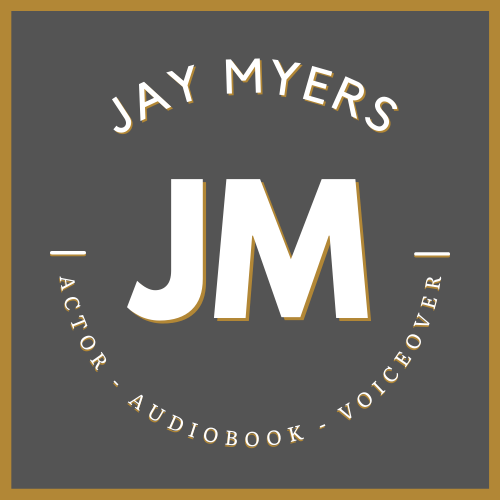Breath & Silence in Voiceover
As a voice talent, actor, or artist one’s voice is what we have to tell our stories, do our craft, and create things.
Right?
Not entirely.
The silences and breaths between words, phrases, and thoughts are a significant and valuable component of storytelling, and should not be disregarded lightly.
Speech at its essence is a mode for us to transmit information from person to person. That information is of course the words we speak, but also the tone of speech, rate of speech, texture, sustain—there are many components that feed into the ways information is sent out into the world and the way it is received. In many cases, breath and silence are tools that can contribute to the delivery of information.
For example, a breath between thoughts can deliver profound emotional content. Take the following:
“My mom is gone.”
versus
“My mom…is gone.”
versus
“My mom is…gone.”
Each of those phrases has a different emotional impact depending on both where one chooses to breathe as well as how one breathes. What if the breath is infused with relief? or anger? or apprehension? Each tells a different story and communicates fuller, richer information to the listener.
In addition to enriching the story, silences can also help the listener with their comprehension of your message.
Allowing a listener space and time can allow them to process more fully the impact and content of whatever you’re saying. This is most useful after or in the midst of particularly dense passages, or after information has been provided that deserves impact. Using the example from before:
“My mom is gone and I don’t know where she is.”
versus
“My mom is gone … and I don’t know where she is.”
Or as another example:
Go up two blocks take a left walk up the flight of stairs and you’ll see a red door go in.
versus
Go up two blocks—take a left—walk up the flight of stairs—and you’ll see a red door—go in.
The second instances of each example allow space for the listener to comprehend the words being said and makes the information either more digestible (in the case of the directions) or potentially more impactful by separating information.
An Important Caveat
Some genres of VO will have different uses for breath and silence than others. Audiobooks and long form narrations will have the most opportunity, whereas commercial or promo voiceovers have such short windows to grab attention and tell a story that rarely is breath valuable in those spaces. Bear that in mind.
Additionally, breath and silence should really only ever be used to enrich the story faithfully and not gratuitously. They are a natural and valuable part of human communication in the real world and have value in our craft, but shouldn’t be overdone or implemented for the sake of it.
